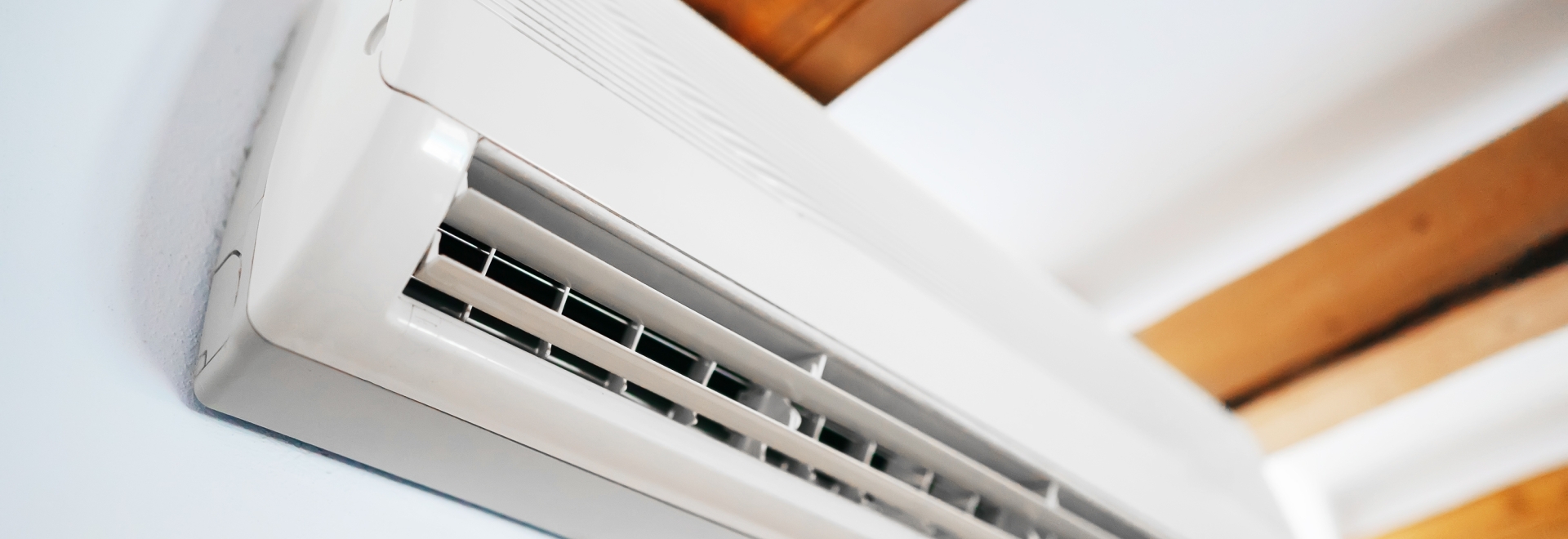
Are you looking to enhance your home's comfort year-round in New Jersey or Pennsylvania? Ductless mini splits (also known as ductless heat pumps or mini split systems) are an energy-efficient solution offering targeted heating and cooling without the need for ductwork.
At Princeton Air, we’ve helped countless homeowners across Mercer, Middlesex, and Somerset counties in NJ, as well as Bucks County in PA, maximize their comfort with ductless mini split installation and repair services. Here’s what you need to know about how these systems work and the best places to install them in your home.
What Is a Ductless Mini Split?
Ductless mini splits are heat pumps that provide both heating and cooling. However, unlike ducted heat pump systems, mini splits don’t use ductwork to distribute air. Instead, they consist of:
- Indoor Air Handlers: Mounted in specific rooms or areas to provide targeted comfort.
- Outdoor Condenser Unit: Connected to the indoor air handlers via refrigerant lines.
This setup allows you to customize your home's climate by installing one or more air handlers in strategic locations. A single air handler might be installed in a hard-to-condition room like a garage or bonus room that wasn’t included in the original ductwork. A complete ductless mini split system, on the other hand, could feature units in the living room, bedrooms, and kitchen, offering zoned control for the entire house.
Where to Install a Mini Split (or Mini Splits) in Your Home
Indoor Air Handlers
Ductless mini split air handlers can be installed almost anywhere you need targeted comfort, including:
Hard-to-Condition Areas:
- Bedrooms, sunrooms, or additions without ductwork.
High-Traffic Areas:
- Living rooms, kitchens, or family rooms.
Problematic Comfort Zones:
- Rooms that are often too hot or too cold, such as those above garages or in basements.
When choosing a location, keep these tips in mind:
- Air handlers should be installed on an exterior wall for easy connection to the outdoor condenser.
- Ensure at least two inches of clearance above the unit for proper airflow and accessibility.
Outdoor Condenser
The heat pump condenser should be installed in a shady area, protected from direct sunlight and away from shrubs or vegetation to ensure proper airflow. Mounting options include:
- Ground-Level Placement: On the side or back of the home.
- Wall-Mounted Brackets: With at least five inches of space between the unit and the wall and 20 inches of clearance above.
Princeton Air’s experienced technicians will assess your property to recommend the best placement for your ductless mini split system.
The Benefits of a Ductless Mini Split System
A ductless mini split system offers unparalleled flexibility, efficiency, and comfort. Benefits include:
- Energy Efficiency: Mini splits are up to 30% more efficient than traditional HVAC systems, reducing energy consumption and lowering your utility bills.
- Powerful Performance: Advanced inverter technology delivers consistent heating and cooling, even in extreme temperatures.
- Quiet Operation: Enjoy powerful climate control without the noise of traditional systems.
- Zoned Comfort: Customize the temperature in each room or zone for personalized comfort.
See How Mini Splits Can Transform Your Home
Curious about how a ductless mini split air conditioner or heat pump system might look and perform in your home? Princeton Air is your local expert in installation and repair services, with over 50 years of experience serving Central New Jersey and Southeastern Pennsylvania. As a Home Performance with ENERGY STAR (HPwES) certified contractor, we specialize in energy-efficient solutions that save you money while keeping your home comfortable.
Need Mini Split Repairs?
If your ductless mini split isn’t performing as it should, Princeton Air offers expert repair services. Common issues like refrigerant leaks, airflow problems, or power failures can be resolved quickly by our trained technicians. Regular maintenance and timely repairs ensure your system operates efficiently for years to come.
